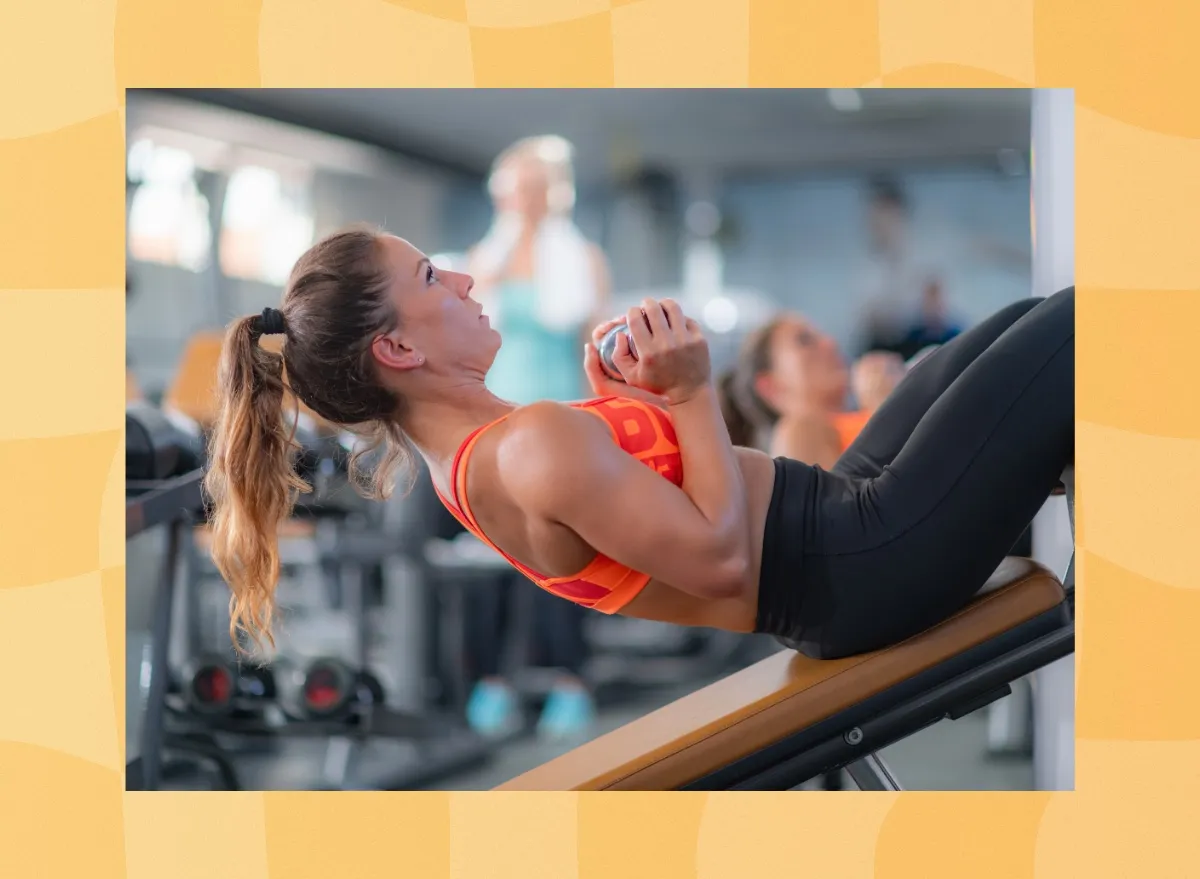
Squats can be a super-effective lower-body exercise, but if they aggravate your knees, don’t sweat it: You can get in a great, knee-friendly workout that will still target your legs and butt. In fact, we have an awesome four-move routine that will light up your lower half with absolutely no squatting involved!
So, why might the squat make your knees cranky? There are tons of reasons why that may be. For example, form errors—like your knees caving in or your toes or heels lifting off the floor—or limited mobility in your hips or ankles could cause aggravation at the knee joint, ACE-certified personal trainer Sivan Fagan, CPT, owner of Strong With Sivan, tells SELF. A certified trainer or physical therapist can help correct technique and mobility issues that can possibly help alleviate your knee pain, but it could also be that you just need to avoid exercises that involve lots of knee flexion (bending at the knee), like squats, jumps, and some types of lunges.
Remember, strength training doesn’t have to look a certain way, or include certain exercises, for it to be effective. There’s no one “best” workout across the board: The best strength training workout is one that works for your body and makes you feel good—meaning it’s one you’ll want to stick with. So even though you may think a lower-body workout should include squats, it certainly doesn’t have to, especially if they don’t make your body feel great.
“There are a lot of other exercises you can do that don’t involve complete knee flexion,” says Fagan.
READ RELATED: The 2022 SELF Certified Sneaker Awards: Introducing the 30 Best Sneakers of the Year
Exercises that don’t include lots of knee flexion include deadlift variations, glute bridges, and hip thrusts, which are primarily centered on movement at the hip joint versus the knee joint. Additionally, reverse lunges can be a more knee-friendly option than forward lunges or squats, says Fagan. Even though reverse lunges do involve bending at the knee, the positioning makes it easier to push through your heel, which lights up the backside of your leg versus the front.
Plus, no matter what lower-body exercise you’re doing, keeping some execution cues in mind can help prevent knee issues. For instance, it’s important to always push from your heel and midfoot and not your toes, says Fagan. Pushing from the toes can make your knee more likely to shoot forward, which then places excess stress on the knee joint, she explains.
Fagan created the below routine for SELF that will challenge your legs and glutes while going gentle on your knees. You can do this no-squat workout up to two times a week. Just make sure to schedule at least 48 hours of recovery between sessions; that’ll ensure your muscles get the downtime they need to rest and build back stronger.
It’s also important to do a warm-up before you start this routine so you don’t begin with cold, stiff muscles. Fagan suggests a few minutes of leg swings and striders as well as the dynamic adductor stretch, and 90/90 stretch.
Source: https://www.self.com






